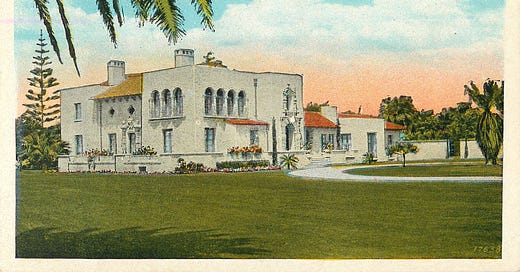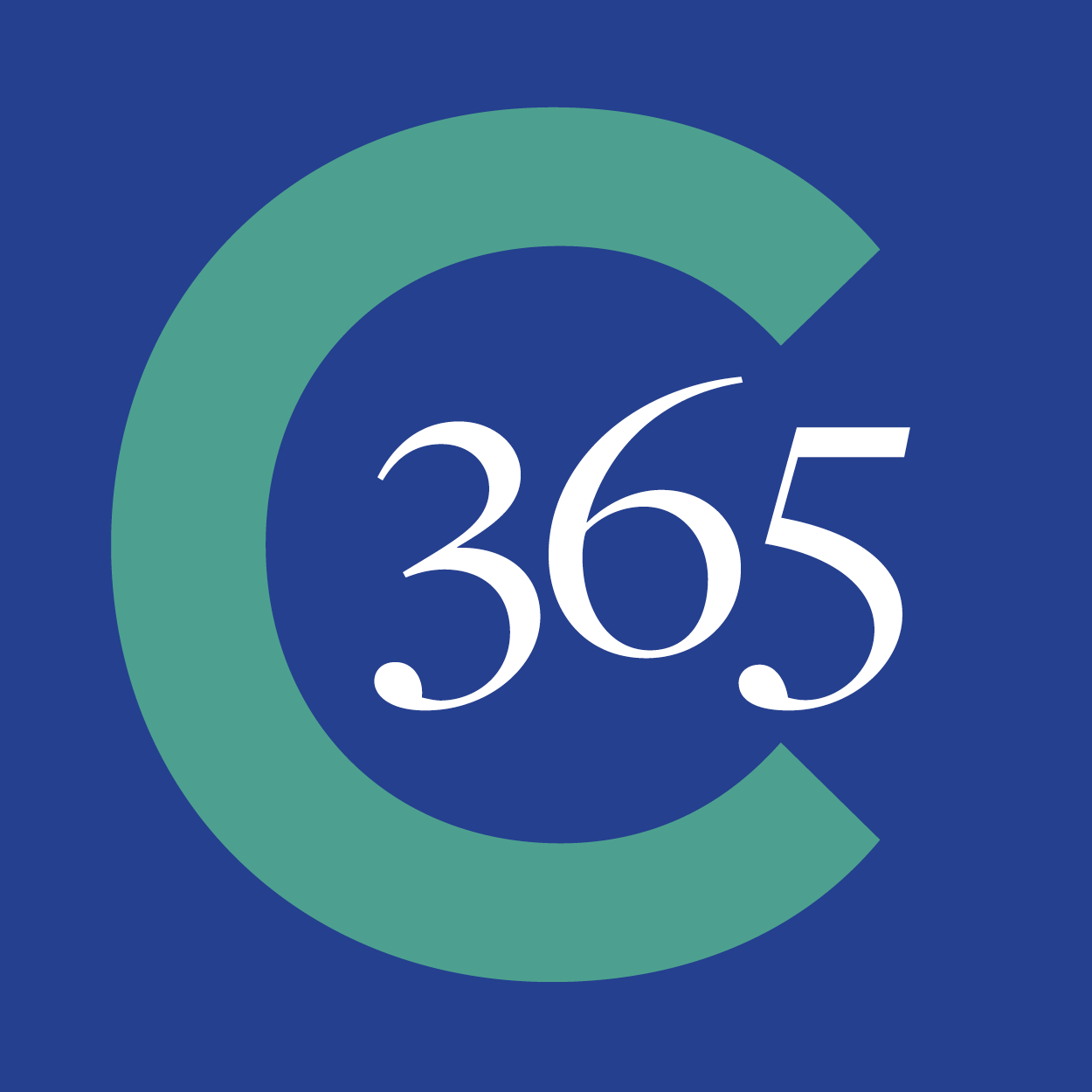July 2, 1942
Fourth of July fireworks were canceled due to an ordinance by the city of Coronado banning the sale or giving away of fireworks and prohibiting their discharge or use within city limits.
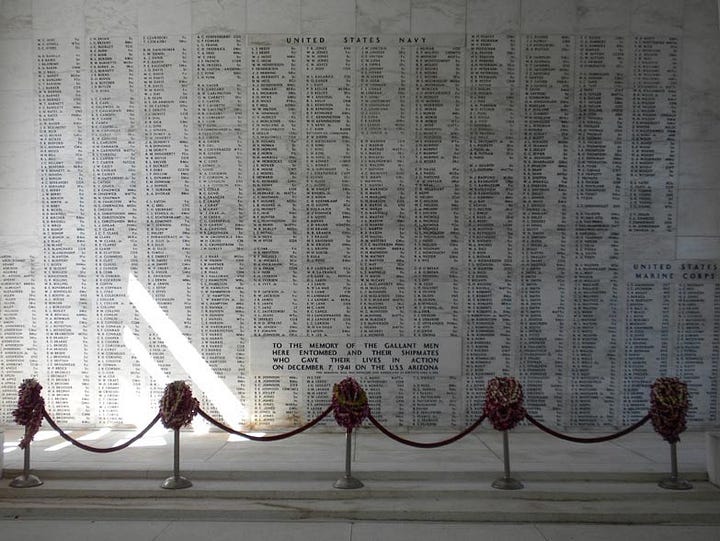
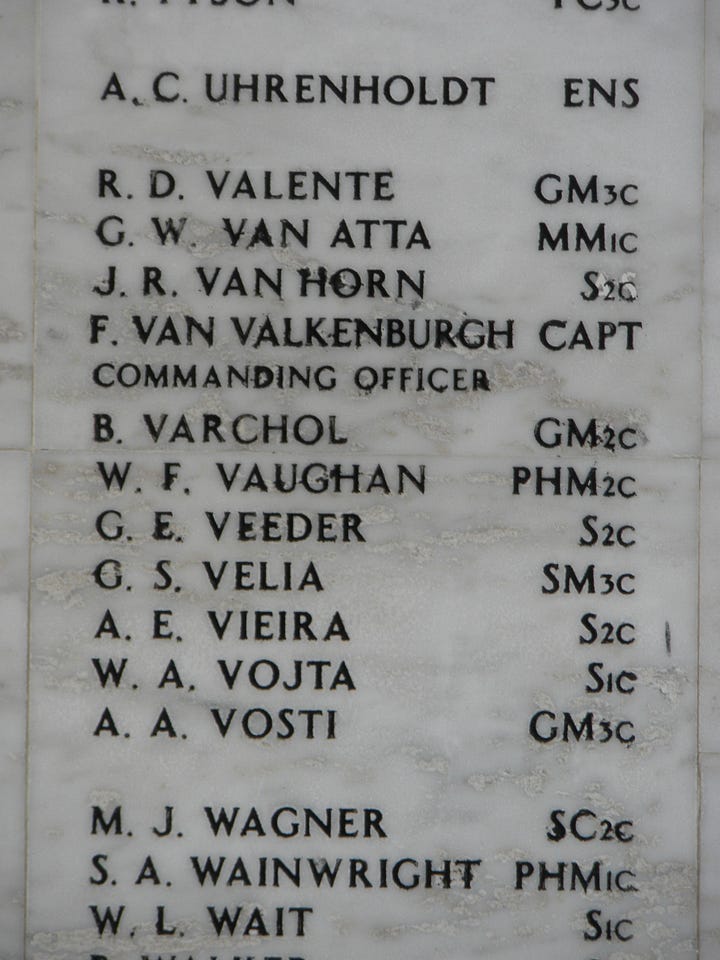
July 2, 1947
Marguerite Van Valkenburgh, who lived at 1035 Star Park Circle, received the Congressional Medal of Honor for her husband, Navy Capt. Franklin Van Valkenburgh, who went down with the USS Arizona at Pearl Harbor. The ceremony was held in the Navy Yard at Pearl Harbor. The medal, highest honor the United States can bestow, was presented by Adm. Louis Denfield. Marguerite Van Valkenburgh sailed for the Hawaiian Islands from San Francisco on June 17, 1947, aboard a Navy transport and returned on the USS Breckinridge.
July 5, 1927
The improvements at the large residence of Capt. Thomas E. Sharp between Ocean Boulevard, Alameda Boulevard, Tolita Avenue and F Avenue, were complete. An upper story containing three bedrooms at the northwest corner of the house and a four-car garage were added to the Spanish-style home, built by former owner George C. Rew in 1919. The property was also enclosed with a masonry wall.
July 6, 1914
The 4th Regiment Marine Corps under command of Col. Joseph H Pendleton arrived at North Island to establish Camp Howard. Camp Howard’s location was not ideal and conditions were rough. It was closed when the regiment moved to Balboa Park in preparation for the opening of the Panama-California Exposition in January 1915. This move solidified the Marine Corp in San Diego. In January 1916, the Navy established the site for the Marine Corps Recruit Depot at Dutch Flats, where it still is today in the Midway area.
July 6, 1944
Jeanne McSheehy, Coronado High School Class of 1934, was one of a class of Women’s Airforce Service Pilots to graduate in the Army Air Forces program for replacing male home-front pilots with civilian women fliers. Known as Class 44-W-5, the graduates began their training over the West Texas prairies on Dec. 7, 1943, the second anniversary of the Pearl Harbor attack. McSheehy received her Bachelor of Arts degree from Mills College in Oakland and completed courses for her Master of Arts degree from the American University, Washington, D.C., before joining the war effort. After the war, McSheehy returned to Coronado, teaching at Coronado High School until her retirement in 1972.
July 11, 1901
The board of directors of Coronado schools decided to discontinue Coronado High School for a while due to low enrollment, which was weighed against the expense of keeping the school open. The previous year had only 15 students with no graduating class.
July 12, 1934
The Coronado Riding Stable reopened under new management. H.R. Bowyer came with good experience and reputation as a rider, trainer and instructor of hunters and jumping horses. Horses would be available for rent, and a staff of skilled teachers and trainers were on hand for riding instruction.
July 18, 1956
“If I had it to do over, I’d like to do it almost the same way,” reported Mrs. Louis E. Coats, 19, of 1015 A Ave., after delivering her own child at home at 4:32 a.m. The baby girl, Rosemarie, weighed 7 pounds, 14 ounces. Coats' doctor had assured her a few days earlier that the baby would not arrive for another week. A second checkup the afternoon before the baby’s birth indicated no change. “My husband was hysterical, worrying about me and about the baby, and wasn't much help,” Coats said. In his excitement, he called the hospital instead of the doctor, causing further delay.
July 19, 1927
The annual report of Capt. George A. McKay, a member of the Civil Engineer Corps and a public works officer at 11th Naval District, recommended locating a bridge between Coronado and San Diego at the foot of 32nd Street in San Diego across to Coronado. The distance of the crossing would be at least two miles. A 1926 proposal made by the Spreckels Companies routed a bridge from the foot of Market Street in San Diego to the intersection of First Street and Alameda Boulevard in Coronado. That idea was not approved because the U.S. government stated it would interfere with Navy vessels in the bay. San Diego port authorities also opposed the plan, concerned that it would hamper the growing commercial waterfront businesses. The idea for a bridge goes back to 1868 when Gen. Thomas Sedgwick, chief engineer of the San Diego & Gila Railroad Company, drew a sketch of a rail trestle extending across the bay from National City to an area that would later be Tent City south of Hotel Del Coronado.
July 20, 1917
The Army’s Aviation School at North Island was officially named Rockwell Field in honor of 2nd Lt. Lewis Rockwell, a young pilot killed in a plane crash in 1912 at College Park, Maryland. A graduate of the U.S. Military Academy in 1907, Rockwell was the fourth commissioned Army officer to die in an aircraft mishap and is buried in Arlington National Cemetery.
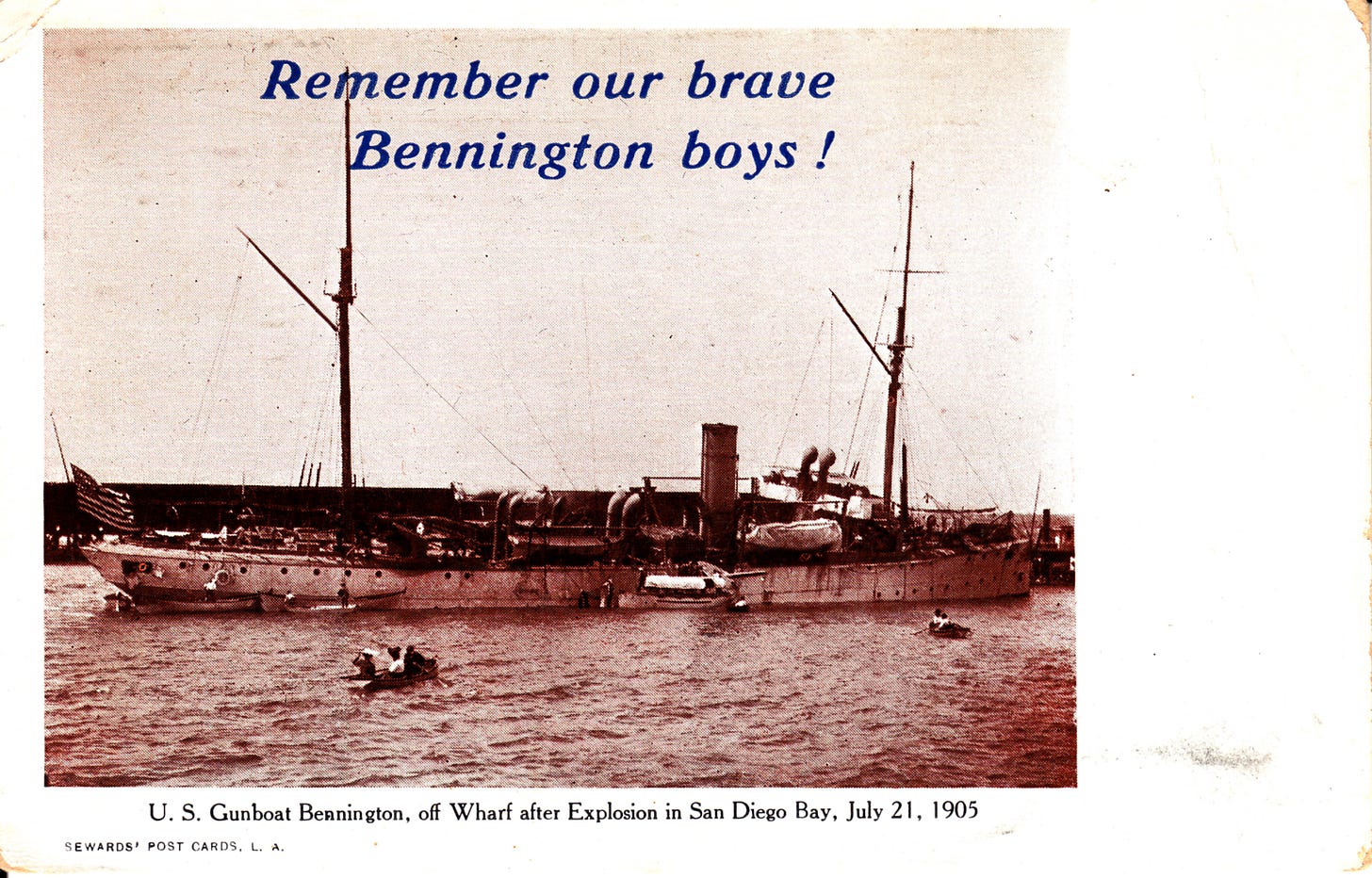
July 21, 1905
The USS Bennington, a navy gunboat at anchor in San Diego Bay near Market Street, suffered a massive explosion of one of its boilers, tearing a large hole in the ship’s hull, hurling scalding water and debris into the air and killing many sailors instantly. Other vessels in the area, including the ferryboat Ramona, rushed to the scene to help with the rescues. All doctors in the area were summoned to the waterfront to render aid, and temporary hospitals were set up on the waterfront. In all, 65 sailors and one officer were killed, and 110 sailors were injured. Eleven men were awarded the Medal of Honor in 1906 for extraordinary heroism during rescue operations after the explosion. One of those men, William S. Cronan, has been memorialized with a Coronado park at the corner of Pomona Avenue and 6th Street in his name. The park sits in the shade of Coronado Heritage Tree No. 4, a giant Torrey Pine tree.
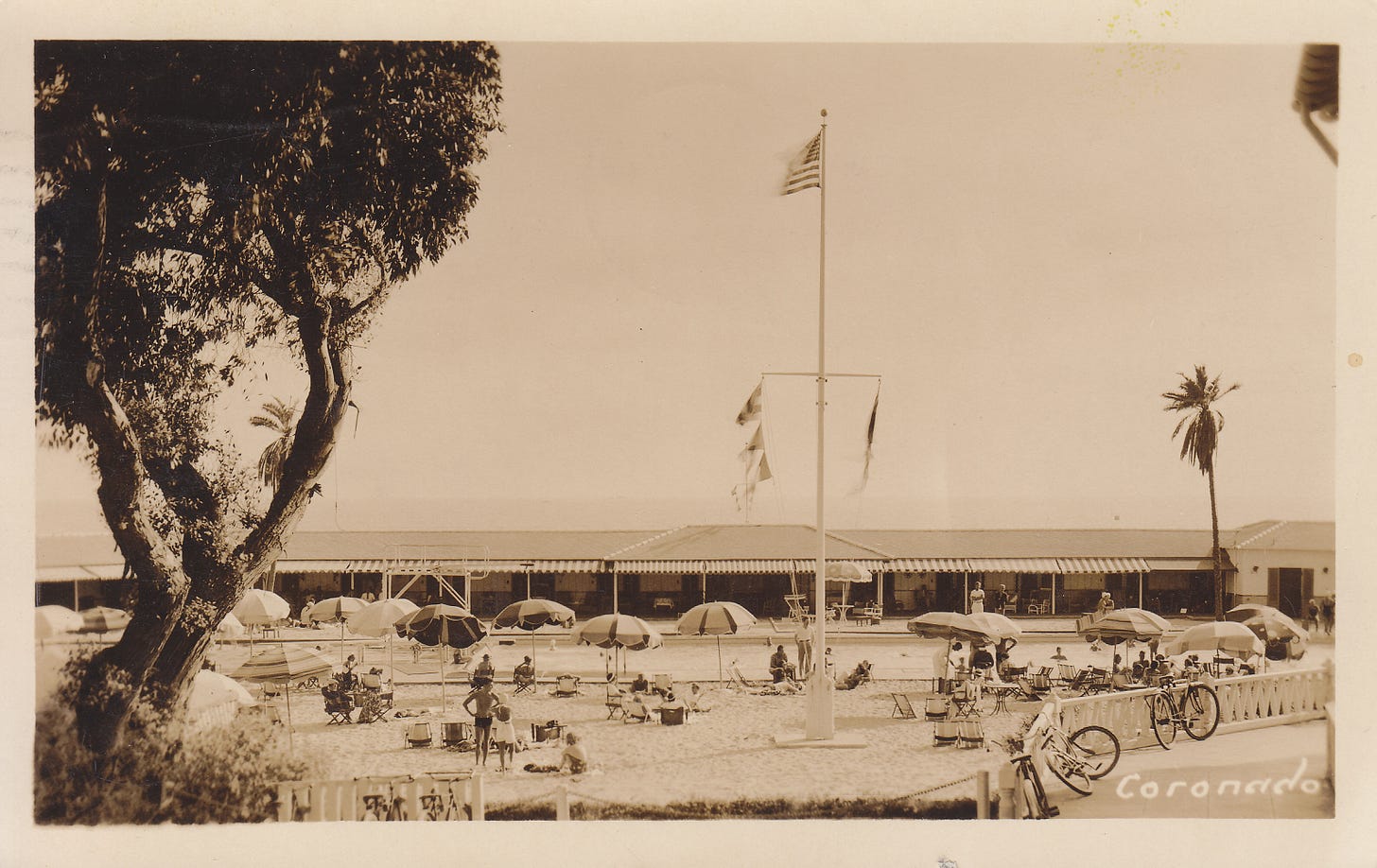
July 22, 1934
The grand opening of the new open-air pool at the Hotel del Coronado promised to be a splendid social event attended by prominent locals, as well as notables from Los Angeles, Hollywood and San Francisco. On the beach, just west of the hotel, surrounded on three sides by attractive cabana dressing rooms, the blue tile-lined pool with a sandy beach was the first major improvement at the hotel in several years.
July 31, 1941
The newly finished family hospital and outpatient clinic at North Island was ready for patients. Rear Adm. Charles A. Blakely, commandant of the naval district, stated that the facilities were unique as a naval institution, with all medical, surgical and obstetrical facilities under one roof solely for the treatment of the dependants of Navy and Marine personnel. The hospital had wards and private rooms for up to 30 patients and also contained quarters, laboratories and operating rooms. The tile and concrete building overlooked North Island, San Diego Bay and Point Loma.


